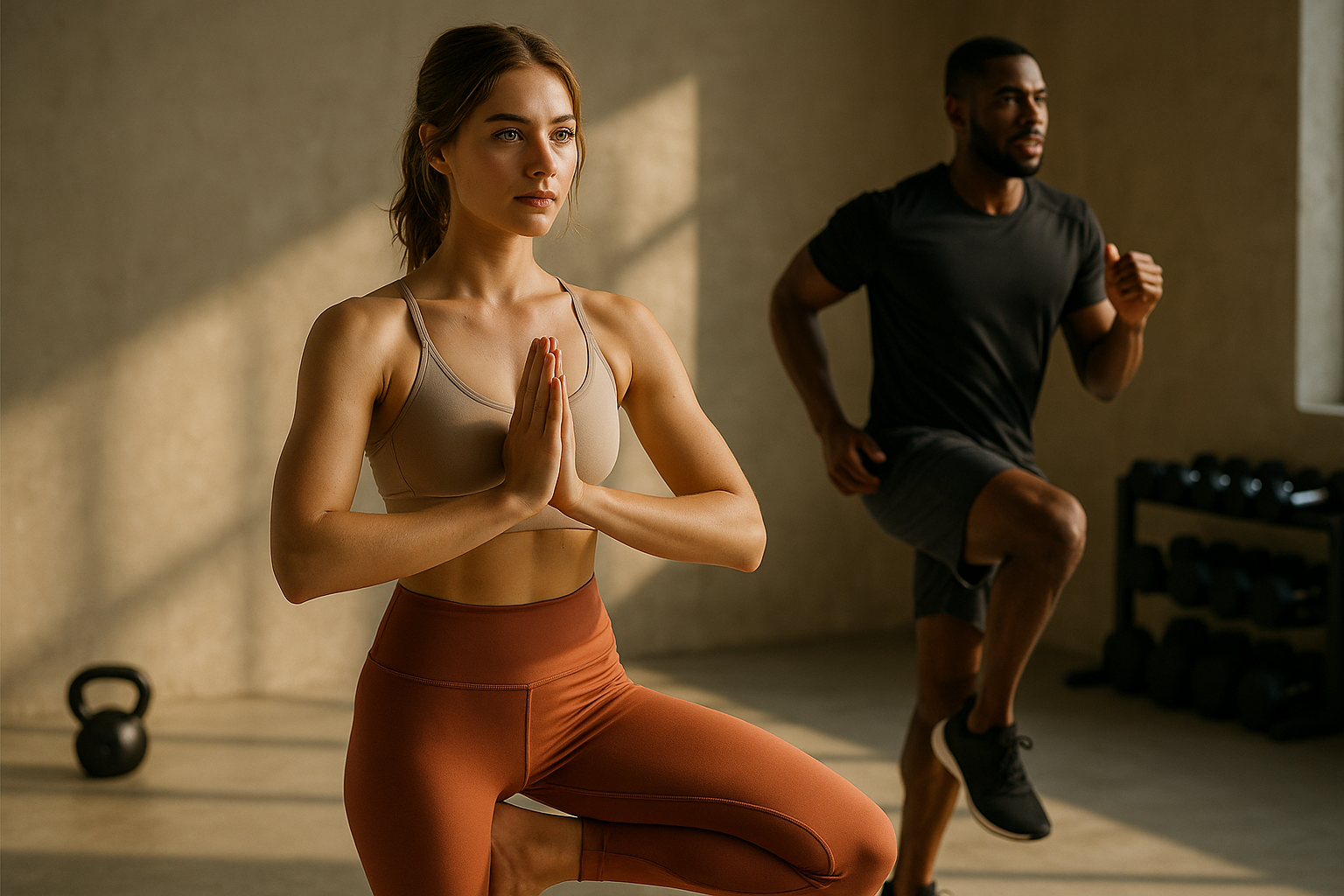Short movement sequences for energy and posture during travel
Travel often means long hours seated, time-zone changes, and limited access to gym equipment. Short, practical movement sequences can restore energy, improve posture, and support wellness routines while on the road. This article outlines compact mobility, strength, cardio, and recovery options that fit into airports, hotel rooms, and short layovers.

Long periods of sitting, carrying luggage, and inconsistent schedules can leave the body stiff and the mind sluggish. Simple, repeatable movement sequences performed in 5–15 minutes can raise energy, protect spinal alignment, and preserve fitness gains without special equipment. Below are focused approaches that blend mobility, strength, cardio, hydration, nutrition, and mindfulness to help you maintain posture and vitality while traveling.
This article is for informational purposes only and should not be considered medical advice. Please consult a qualified healthcare professional for personalized guidance and treatment.
Mobility: how to loosen tight areas
Begin with a mobility-focused warm-up to release hips, thoracic spine, and shoulders—areas that stiffen with travel. Try seated diaphragmatic breathing followed by neck circles (gentle), shoulder rolls, seated cat-cow to articulate the spine, and standing hip circles or leg swings. Each move can be done for 30–60 seconds in sequence. These short progressions increase circulation, reduce stiffness, and create a better foundation for posture without needing a mat or much space.
Strength and flexibility: small-space options
Strength and flexibility exercises help counteract the hunched posture common during flights or long drives. Bodyweight moves such as wall push-ups, single-leg Romanian deadlifts (hands on a chair for balance), glute bridges on the floor, and standing calf raises build strength in postural muscles. Add dynamic hamstring and chest-open stretches to maintain flexibility. Aim for 2–3 sets of 8–15 reps or 30–60 seconds per stretch; these maintain strength and range of motion between regular workouts.
Cardio and HIIT: quick energy boosters
Short bursts of cardio or HIIT-style sequences can spike energy and clear travel fatigue. Examples include 20–30 seconds of fast marching in place, stair climbs (if available), or low-impact mountain climbers followed by 30–60 seconds of recovery. Repeat for 4–8 rounds depending on fitness. These formats elevate heart rate, support circulation, and can be adjusted to your environment—choose lower-impact options when space or noise are a concern.
Hydration, nutrition, and supplements while on the road
Hydration supports energy, skin health, and recovery; carry a refillable bottle and sip regularly, especially after flights. Balanced snacks combining protein and carbohydrates—nuts with fruit, yogurt and granola, or a lean sandwich—help stabilize blood sugar and sustain energy between travel and workouts. If you use supplements, keep choices simple and evidence-based, such as a multivitamin or electrolyte packets for longer trips. Check local regulations for carrying supplements when crossing borders and consult a professional for personalized guidance.
Recovery, sleep, and skincare routines during travel
Prioritize recovery with short routines that support sleep and skin health. Gentle stretching and a 5–10 minute mindfulness or breathing practice before bedtime can improve sleep onset after time changes. Maintain a basic skincare routine: cleanse, hydrate, and use a travel-size moisturizer and SPF during daylight. Consider compression socks on long flights for circulation and simple nightly calf stretches to reduce cramping. Restorative practices help both physical recovery and visible skin condition while traveling.
Mindfulness, routine, and keeping workouts consistent
Consistency matters more than intensity when travel disrupts schedules. Establish a compact daily routine—mobility on waking, a short strength or cardio block midday, and light stretching or mindfulness to wind down. Integrate brief mindfulness practices to reduce stress and improve focus; use breathwork or guided apps for 3–10 minutes. Treat movement as a ritual that supports posture and mental clarity rather than a checkbox, which increases the likelihood you’ll stick with it on the road.
Conclusion
Short, adaptable movement sequences restore energy and support posture without heavy gear or lengthy sessions. Combine mobility drills, targeted strength work, short cardio bursts, hydration and nutrition choices, and simple recovery and skincare practices to maintain wellness during travel. Small, consistent habits often yield the largest benefits for posture, energy, and overall travel well-being.





